Fire rack and gig
Artefact of the month - November 2022
The artefacts of the month are fishing tools – a fire rack and gig used for gigging. The fire rack is from Somerniemi and the gig is from Savitaipale. Both items were added to the National Museum of Finland’s collection in the 1890s.
When the weather is favourable – the evening is calm and overcast and no rain is expected at night – the gigger collects his equipment and carries them to the shore to set off. If he has multiple boats, he chooses the lightest one, preferably a dugout canoe. He sets the lighting supplies at the bottom of the boat with the gig and scoop net, if he uses one, and attaches the fire rack. In many places, giggers fish all alone, but is more common for him to have someone along to handle the boat and enable him to calmly focus on keeping a lookout for fish to stick with the gig.
Gigging – an old form of fishing
People began to catch fish by means of gigging hundreds of years ago. Gigging was carried out in daylight hours in spring and during the dark hours of the day in autumn. If there were two people in the boat, one steered the boat forwards as silently as possible in the shallow water near the shore, while the other was at the ready to strike any fish with the gig. The sought-after fish included pike, bream and burbot, for example. The best weather for fishing in the dark was cloudy, calm and rain free. It helped to detect the fish against the bottom.
When the fisher saw a suitable fish, he lowered the tip of the gig silently to the surface of the water and then struck it sharply in the back of the fish’s neck. Sometimes, large fish could also be struck in the tail area to prevent the fish from using its strong tail to struggle free. The gig was usually struck crosswise through the fish, because this was easier than trying to hit the fish in a longitudinal direction.
The boat glides forwards slowly and silently; not a drop falls off the oar as it is kept underwater and never raised above the surface. The gigger stands or crouches at the bow, unmoving and silhouetted by the fire, keeping the gig ready.
Fire rack, burning material and gig
In addition to the boat, the most important gigging tools were the fire rack and gig. The fisher could also bring a scoop net along. In Finnish, the fire rack (tuulaskoura) was also referred to as kopra, parila, arina and halstari, while the gig (atrain) was also called ahrain, arina and ahingas.
The fire rack was attached to the bow of the boat. The rack usually had a wooden arm. The other end featured a multi-pronged holder where suitable material, such as fatwood, shingles or birch bark, was placed for burning. In Southwest Finland, gigging was referred to as “tuohustaminen” because of the burning material used. Gigging in the dark has also been colloquially called “going torching.” The higher up the fire rack was, the larger the area it illuminated.
The gig could have a short or long arm. The iron tines usually had a barb to ensure that they would grab the fish firmly.
Sometimes a fish casually swims along right towards the fire, as if to admire the unusual night-time illumination. The eel, ide and whitefish are especially drawn to the fire. ... The fisher must be careful to keep his shadow from falling on the prey lest he should frighten it. Some who go torching darken their faces with soot – especially when catching salmon – to better blend into surrounding night.
Gigging in the 2000s
Even today, the most important are the boat, gig and light. The gig has not changed much over the centuries, but the lighting tools are now very different from before. Instead of fatwood and other burning materials, fishers tend to use light LED lamps, for example. Whether the light comes from burning fatwood or an LED lamp, the excitement of fishing in a dark autumn night is still the same.
This form of fishing is surely one of the most fun and enjoyable. The key factor in this is that the fishing takes place at night and requires many things from the fisher: most of all cunning and a keen eye. In addition to this, the fish that are normally caught are fairly large. One can only admire and marvel at the underwater world that is revealed as if an extraordinary play as the lone torch lights the darkness and deathly still of the autumn night.
Kerttuli Hoppa
The quotes are from U.T. Sirelius’ book Suomalaisten kalastus I–III.
Sources
Aulio Olli (toim.) 2010. Vapaa-ajan kalastaja. Neljästoista painos. Gummerus.
Sirelius U. T. 2009. Suomalaisten kalastus I–III. Näköispainos vuosina 1906–1908 ilmestyneistä teoksista. Suomalaisen Kirjallisuuden Seuran Toimituksia 1252, Tiede.
Vuorela Toivo 1979. Kansanperinteen sanakirja. WSOY.
Vuorela Toivo 1975. Suomalainen kansankulttuuri. WSOY.




-
2024
-
2023
-
2022
-
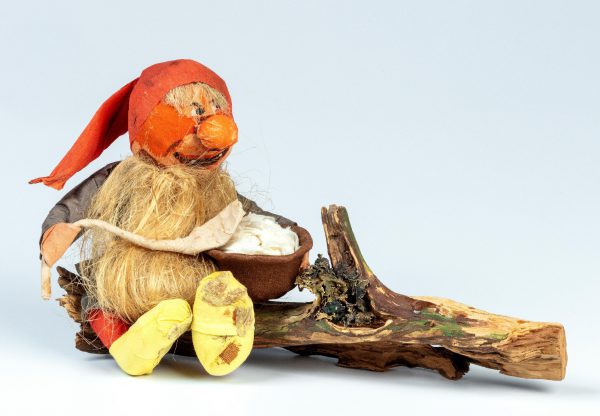 Elves
Elves
-
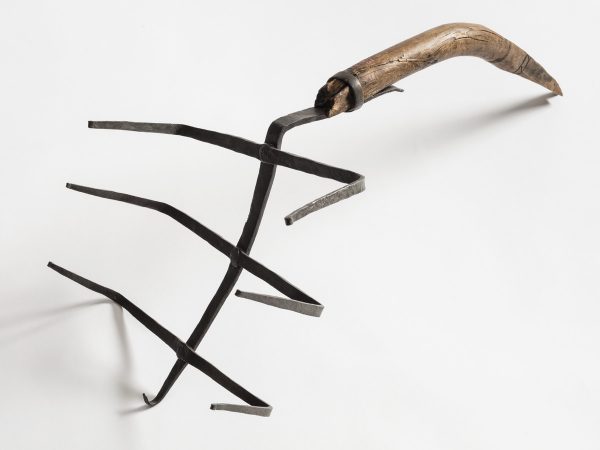 Fire rack and gig
Fire rack and gig
-
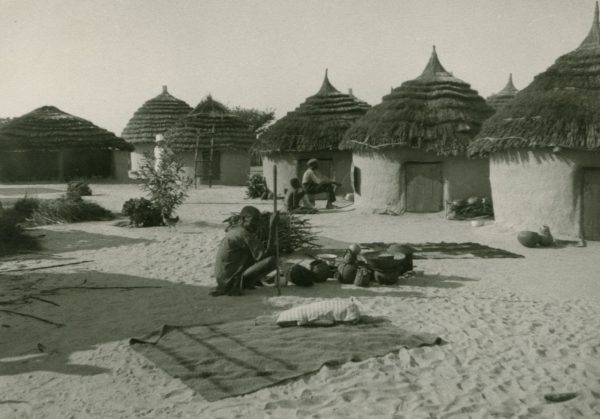 Ndonga-language hymn book
Ndonga-language hymn book
-
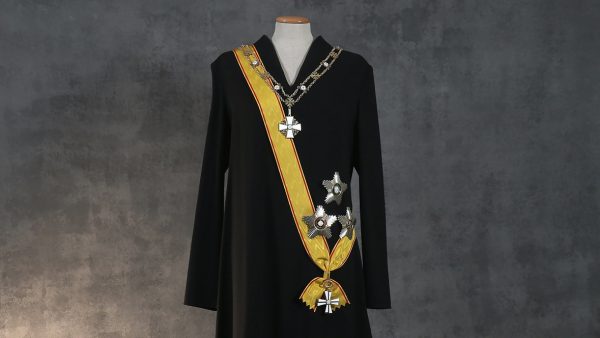 President Tarja Halonen’s inaugural attire
President Tarja Halonen’s inaugural attire
-
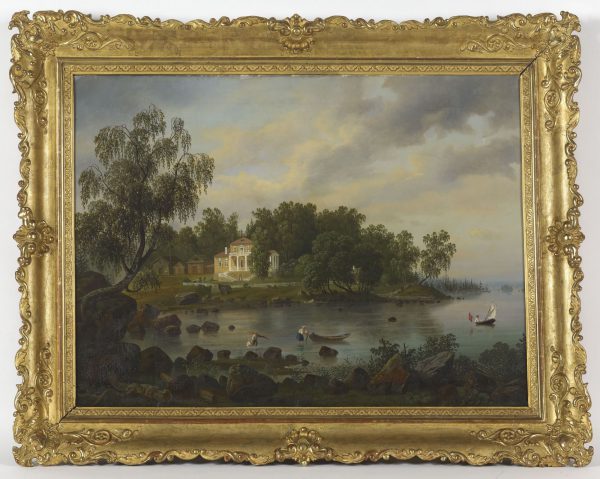 Landscape paintings from Vyborg
Landscape paintings from Vyborg
-
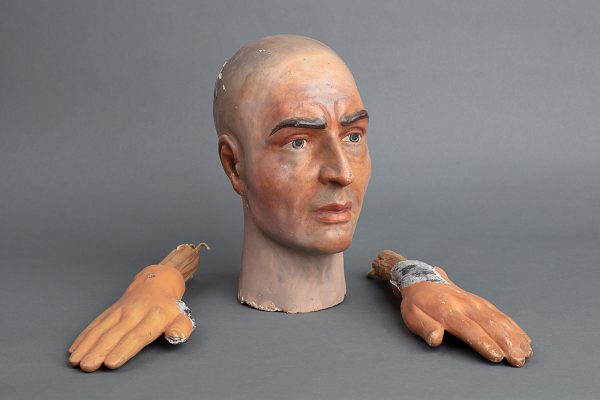 Matti Haapoja – From a piece of string to a leather patch of skin
Matti Haapoja – From a piece of string to a leather patch of skin
-
 Lightship Kemi’s commuter boat
Lightship Kemi’s commuter boat
-
 Family rouble 1836
Family rouble 1836
-
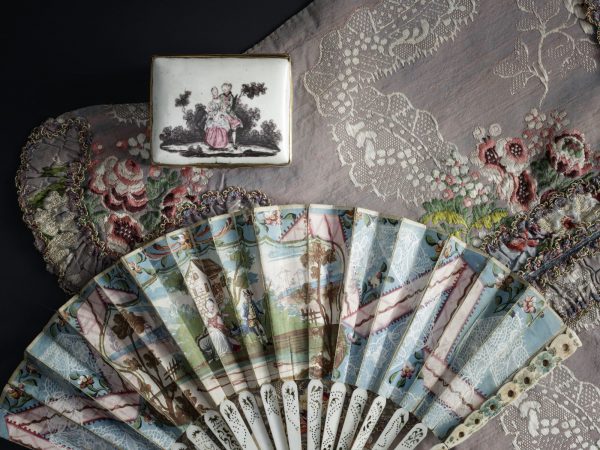 Snuff and patches
Snuff and patches
-
 A new addition to Isaac Wacklin’s oeuvre
A new addition to Isaac Wacklin’s oeuvre
-
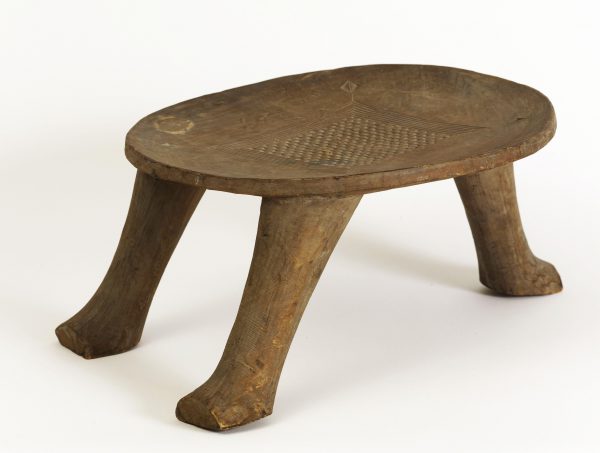 Kataklè stool’s journey from Dahomey via Paris to Helsinki
Kataklè stool’s journey from Dahomey via Paris to Helsinki
-
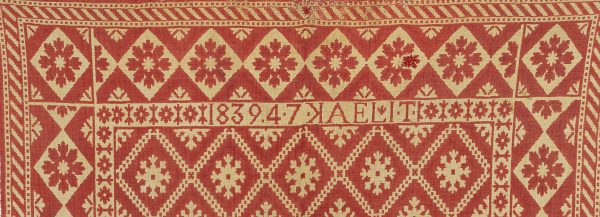 The mystery of the double cloth
The mystery of the double cloth
-
-
2021
-
2020
-
2019
-
2018